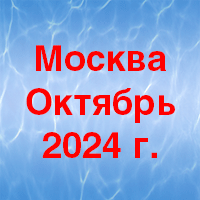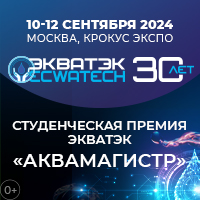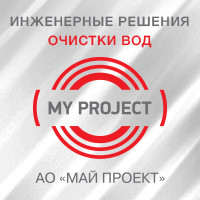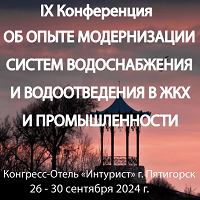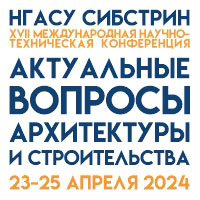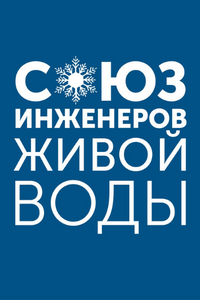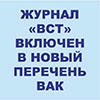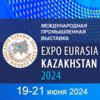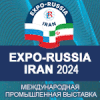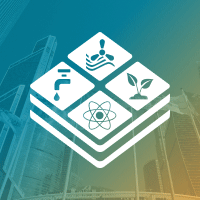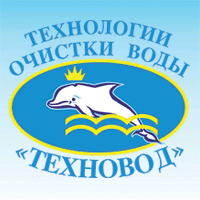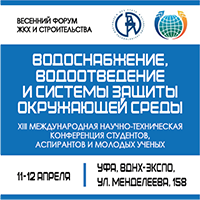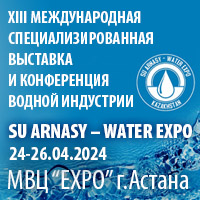№1|2014
ABROAD
bbk 000000
UDC 628.16.001.2
Scientific research in the field of drinking water treatment
Summary
From the bibliometric analysis the basic subject areas of the research in the field of drinking water were determined. The leading research institutions, periodicals and countries in this field are presented. The general information on the articles is supplemented with the data on the major scientometric indices based on the citation account: author’s H-index and impact factor of a journal. The basic topical trends are the state of environment, purification of drinking water from different sources, environmental pollution resulting from human intervention, toxicology. Water Research Journal (Great Britain) takes the leading position in water topics. From the data array under consideration (30 597 articles) 25 000 (around 80%) articles have been written by the authors from one country, 5381 articles are the results of the international cooperation. The authors of the articles are representatives from 168 countries. Among pollutants most often mentioned in the publications are: arsenic (1138 articles; 5.1%), fluorides (411; 1.8%), nitrates (351; 1.6%), lead (297; 1.3%), cadmium (274; 1.2%). For the reviewed period (1992–2011) 143 articles were dedicated to pharmaceuticals (0.64%). Among the treatment methods adsorption, ozonation and chlorination are most often mentioned. It was noted that in 2011 the number of published articles on chlorination was almost equal to that on ozonation; however, later the extent of chlorination research increased significantly. The recent popularity of adsorption can be explained not only by the wide use of the given technology in practice but in a greater degree by unsophisticated equipment, low costs of experiments and a great variety of adsorbents, including adsorbents produced from cheap agricultural and industrial wastes.
Key words
chlorination , ozonization , adsorption , array of articles , H-index , impact-factor
The further text is accessible on a paid subscription.
For authorisation enter the login/password.
Or subscribe
REFERENCES
- Fu H.-Z., Wang M.-H., Ho Y.-S. Mapping of drinking water research: A bibliometric analysis of research output during 1992–2011. Science of the Total Environment, 2013, no. 443, pp. 757–765.
- Basile T., Petrella A., Petrella M., Boghetich G., Petruzzelli V., Colasuonno S., Petruzzelli D. Review of endocrine-disrupting compound removal technology in water and wastewater treatment plants: An EU perspective. Industrial & Engineering Chemistry Research, 2011, no. 50, pp. 8389–8401.
- Hrudey S. E. Chlorination disinfection by-products, public health risk tradeoffs and me. Water Research, 2009, no. 43, pp. 2057–2093.
- Bhatnagar A., Sillanpaa M. A review of emerging adsorbents for nitrate removal from water. Chemical Engineering Journal, 2011, no. 168, pp. 493–504.
- Mohan D., Pittman C. U. Arsenic removal from water/wastewater using adsorbents: A critical review. Journal of Hazardous Materials, 2007, no. 142, pp. 1–53.


